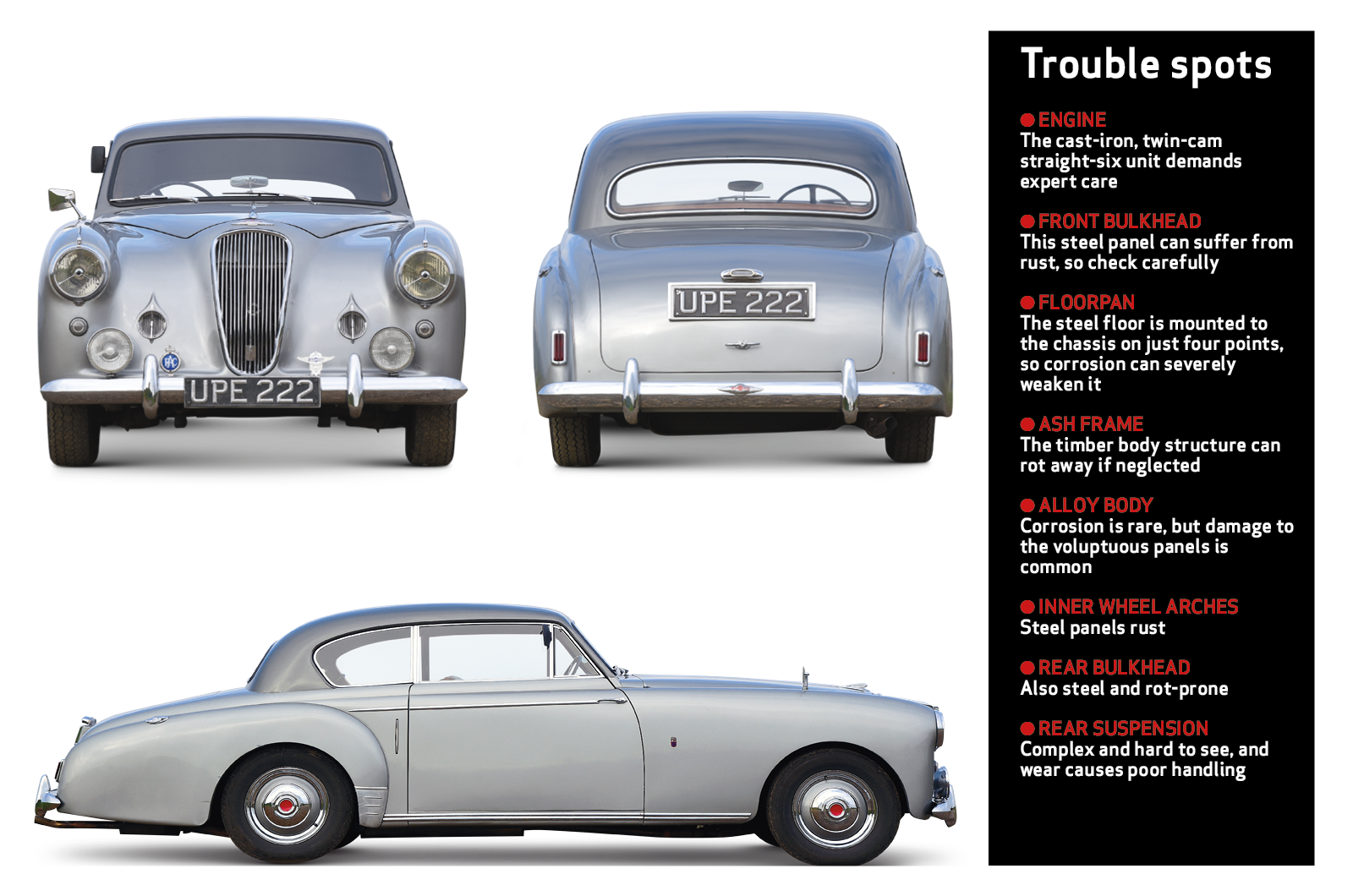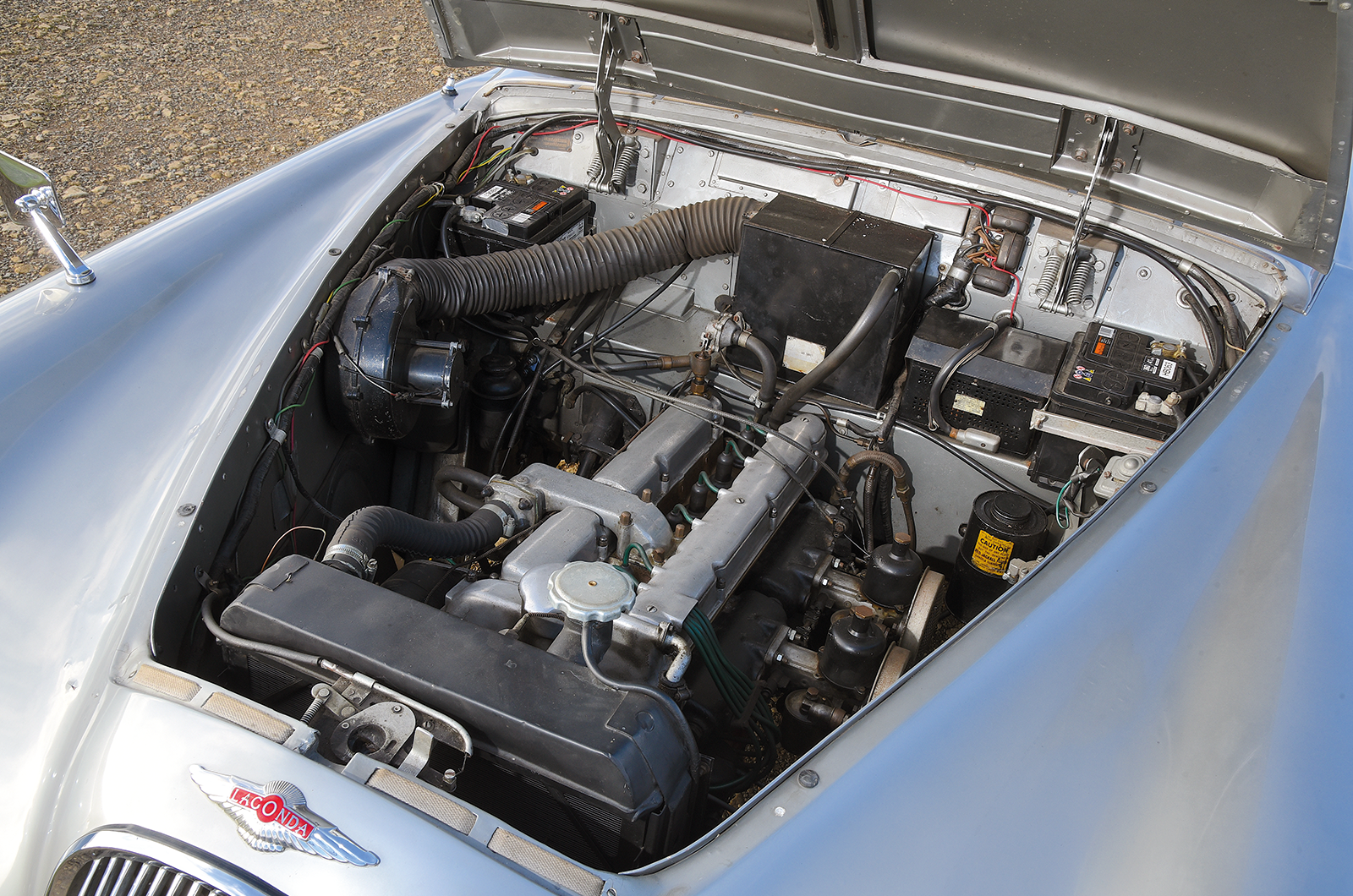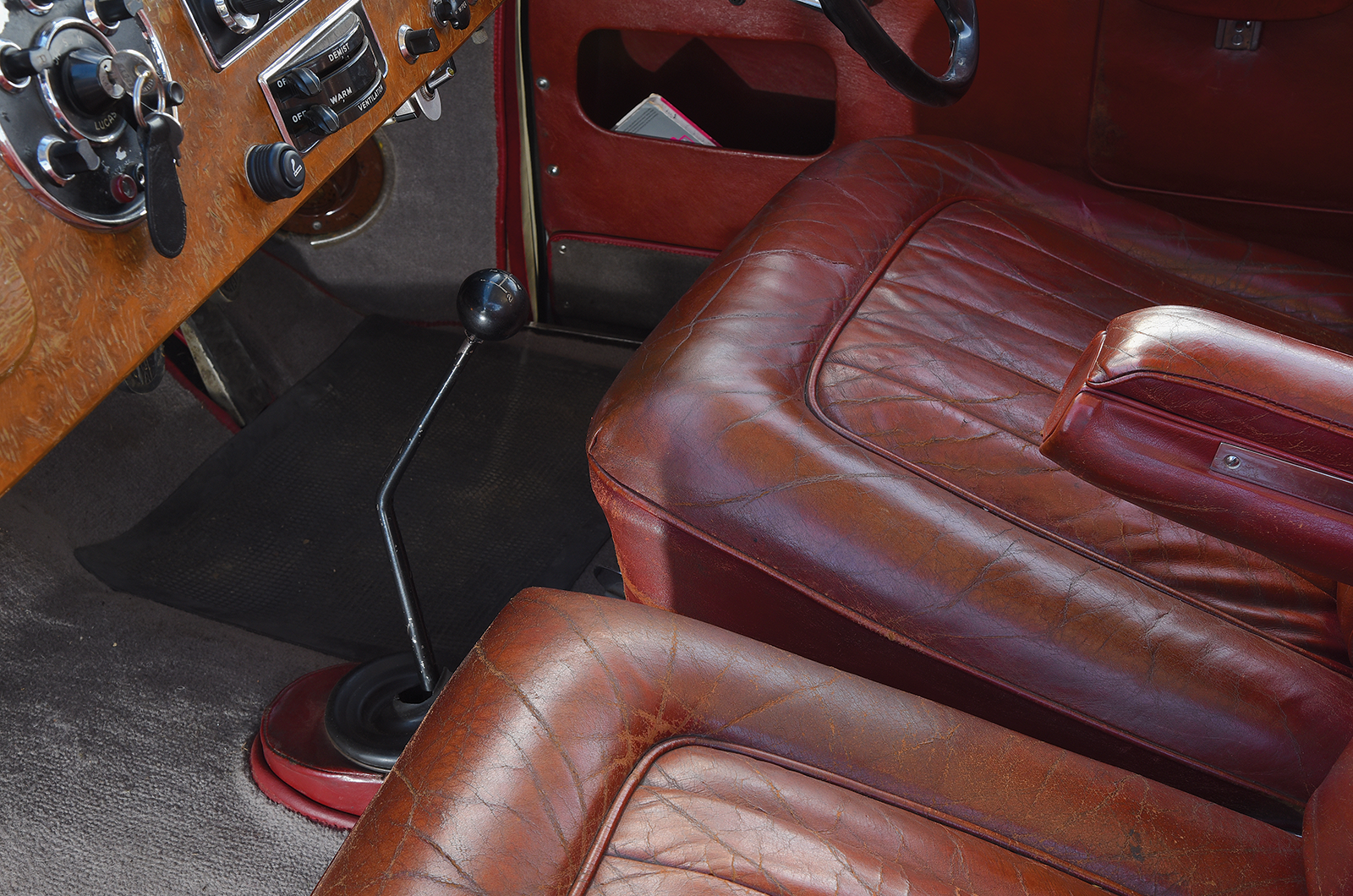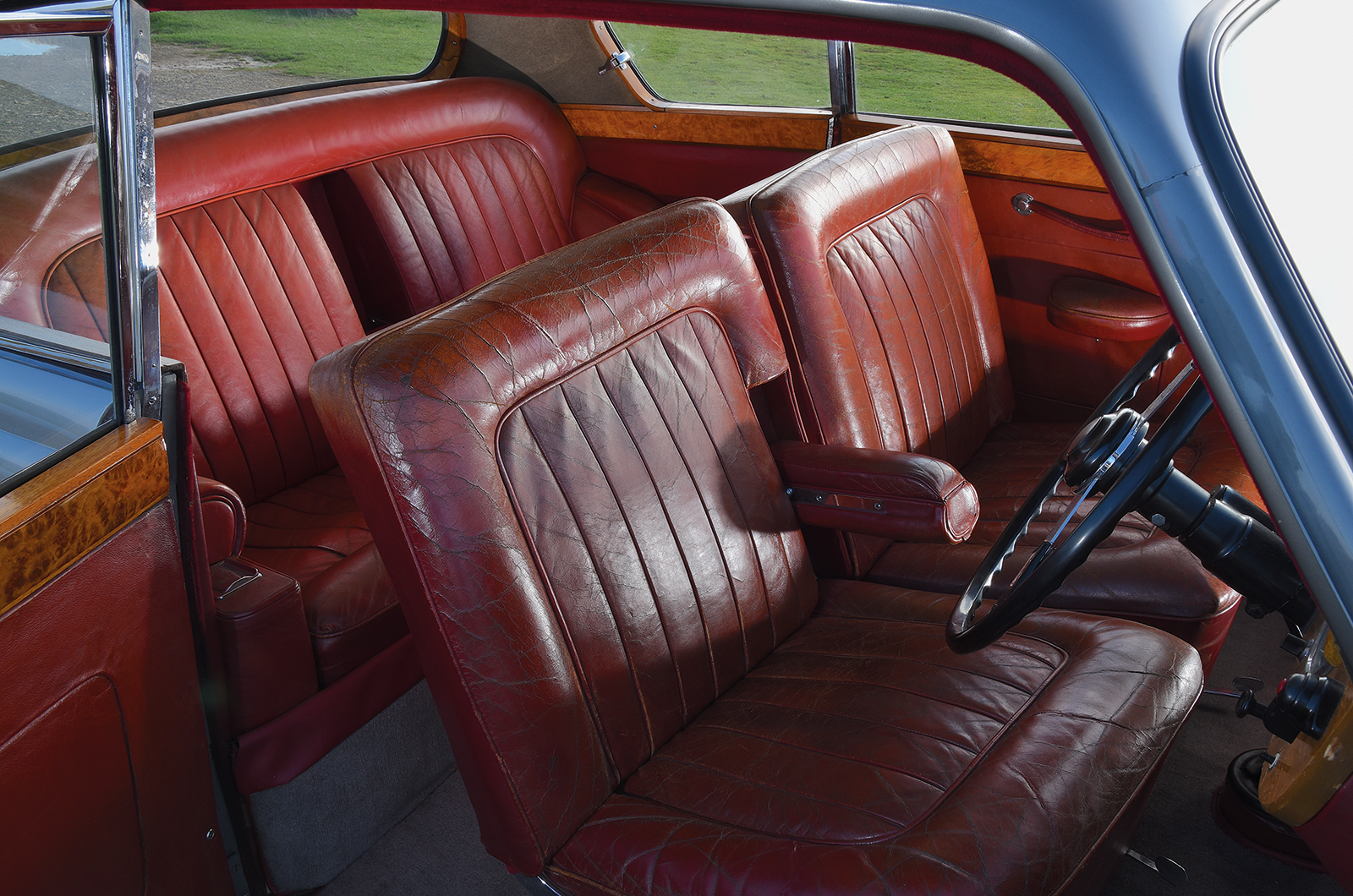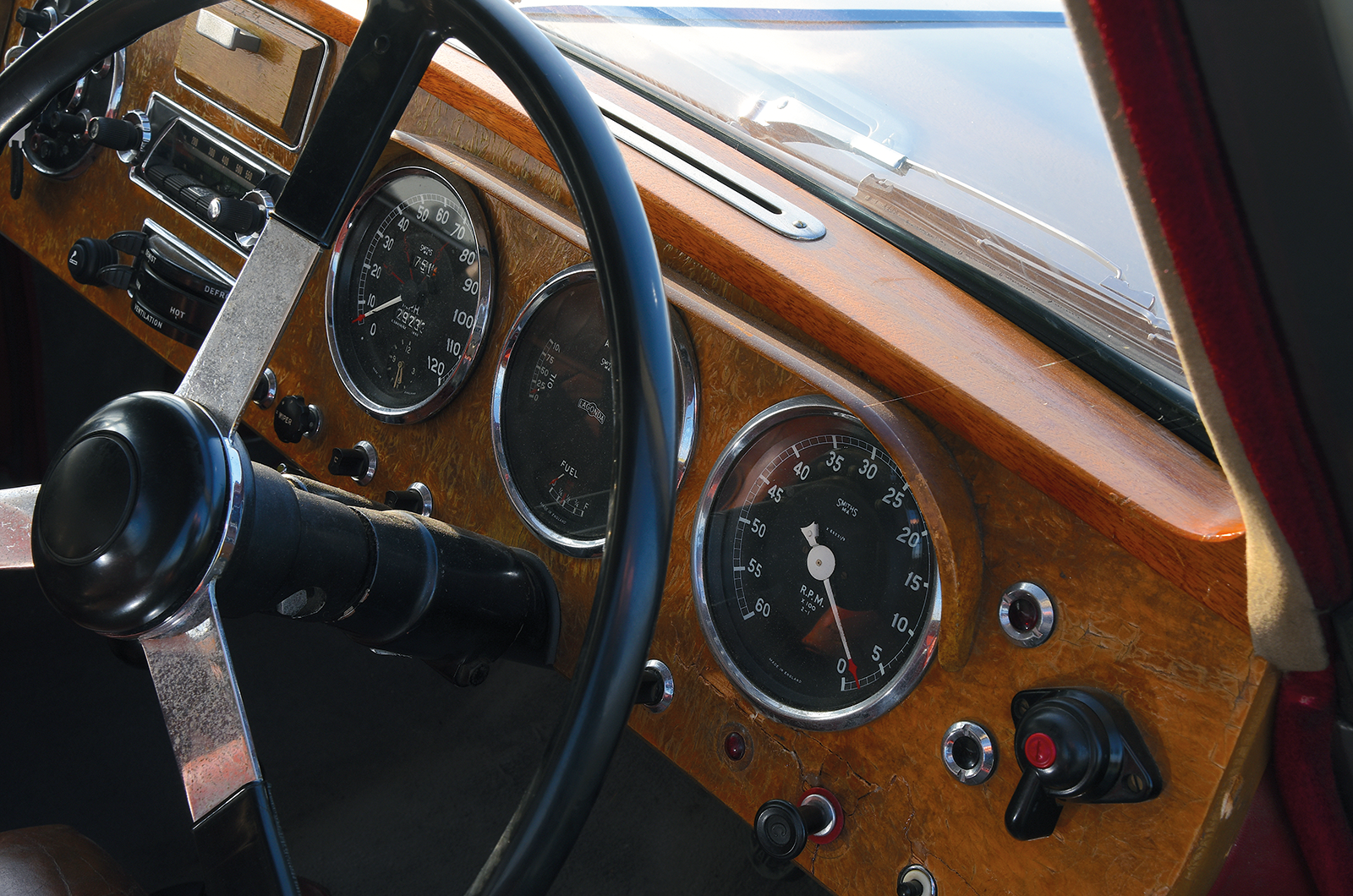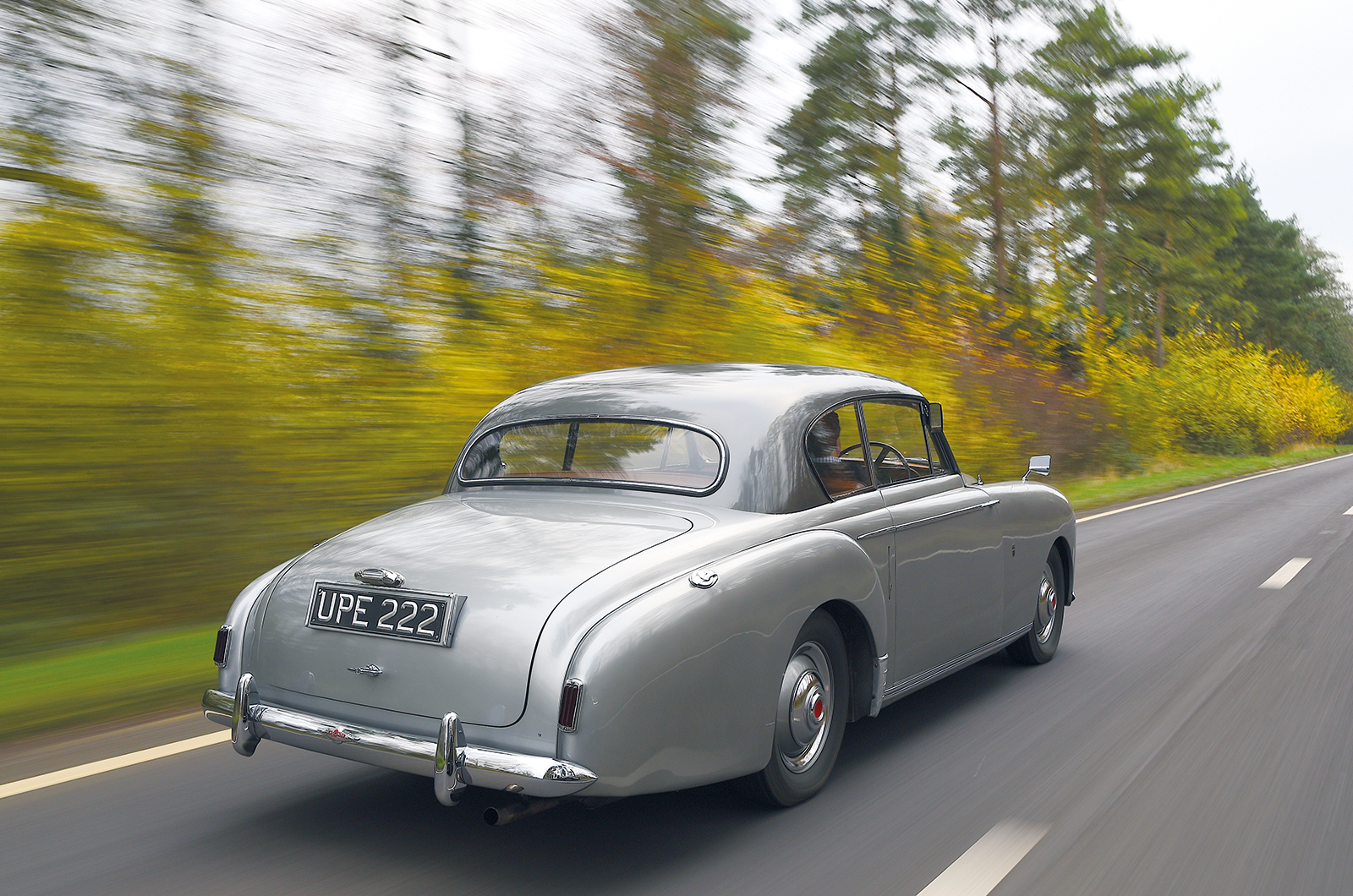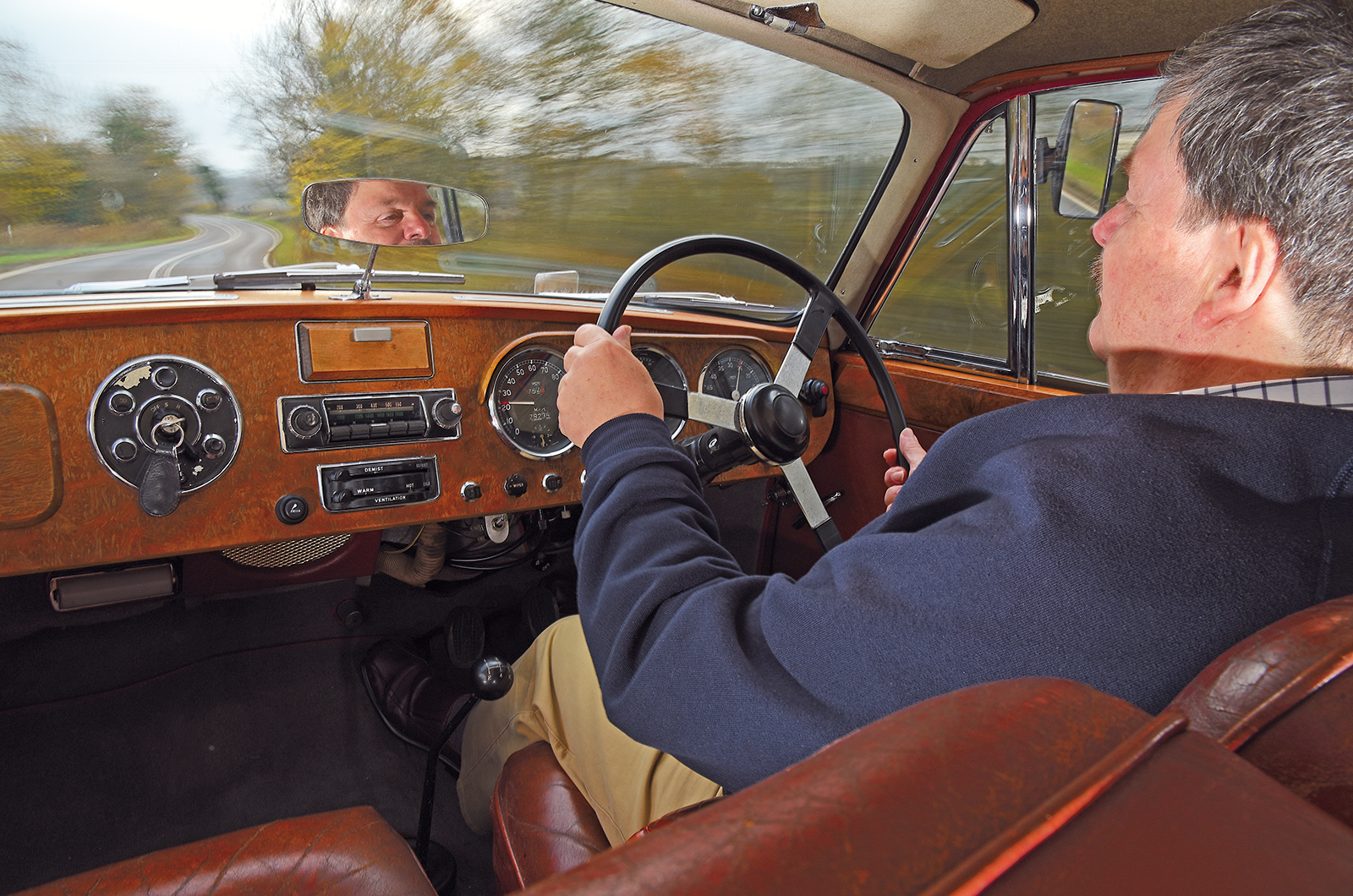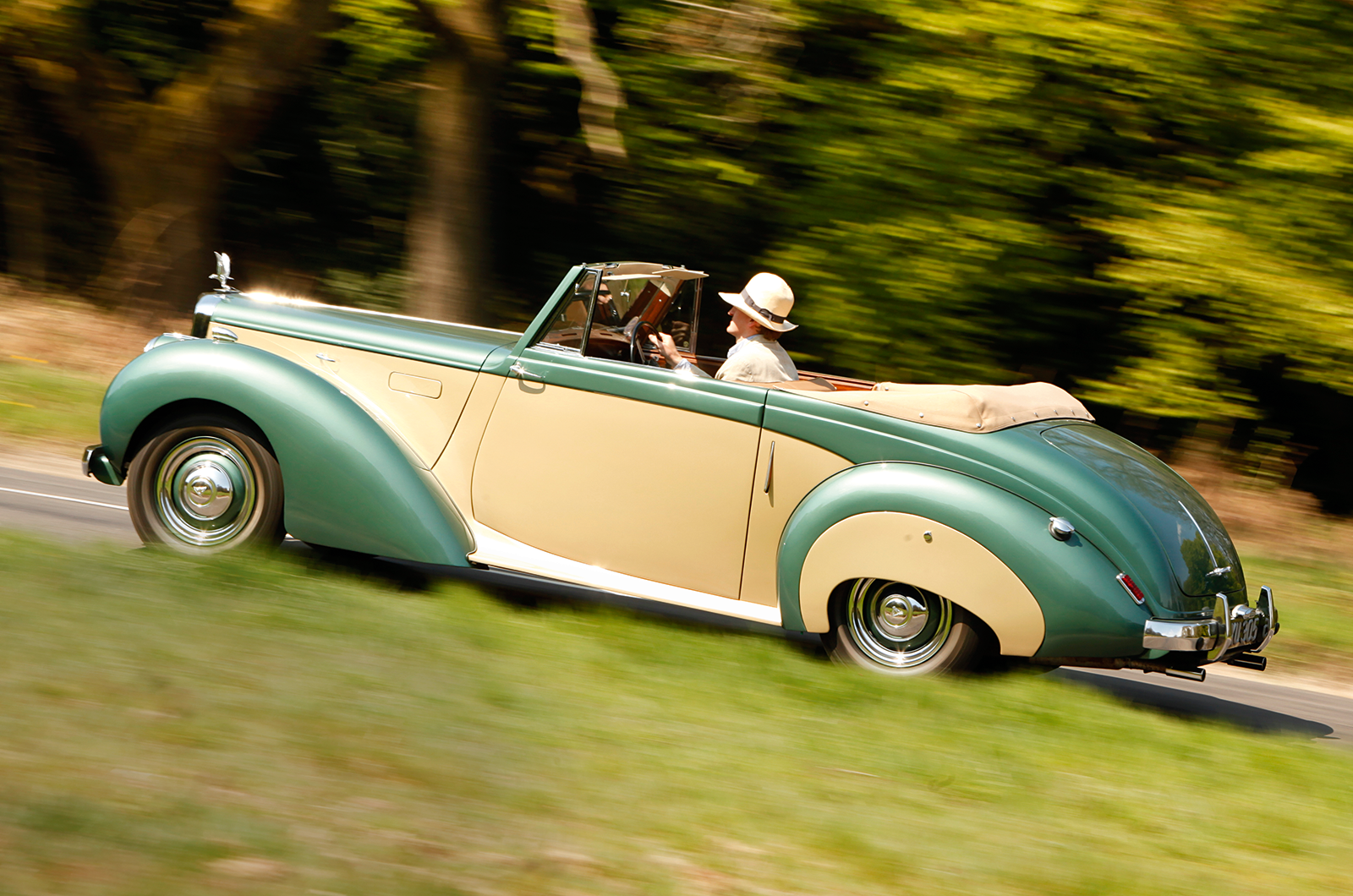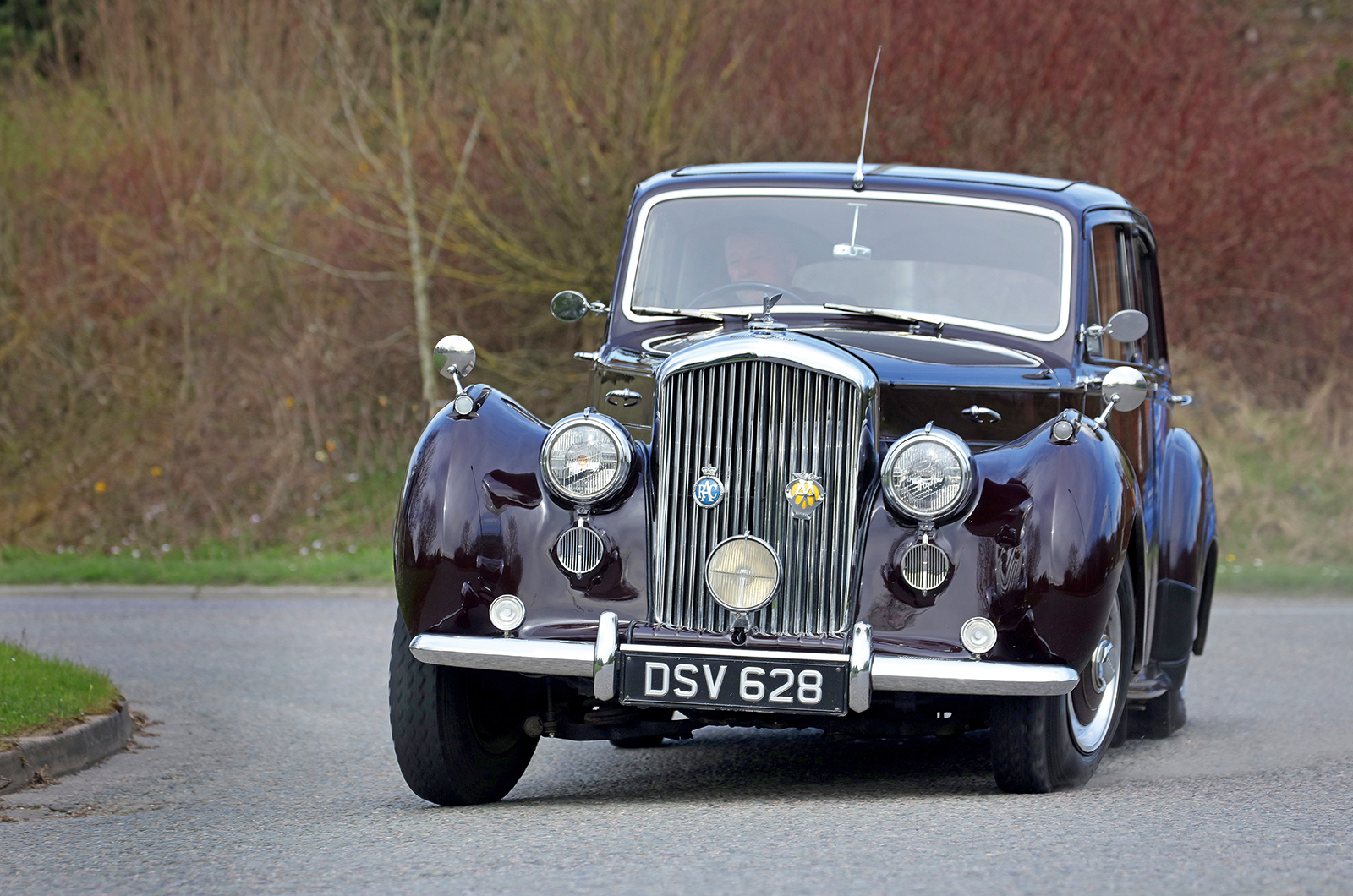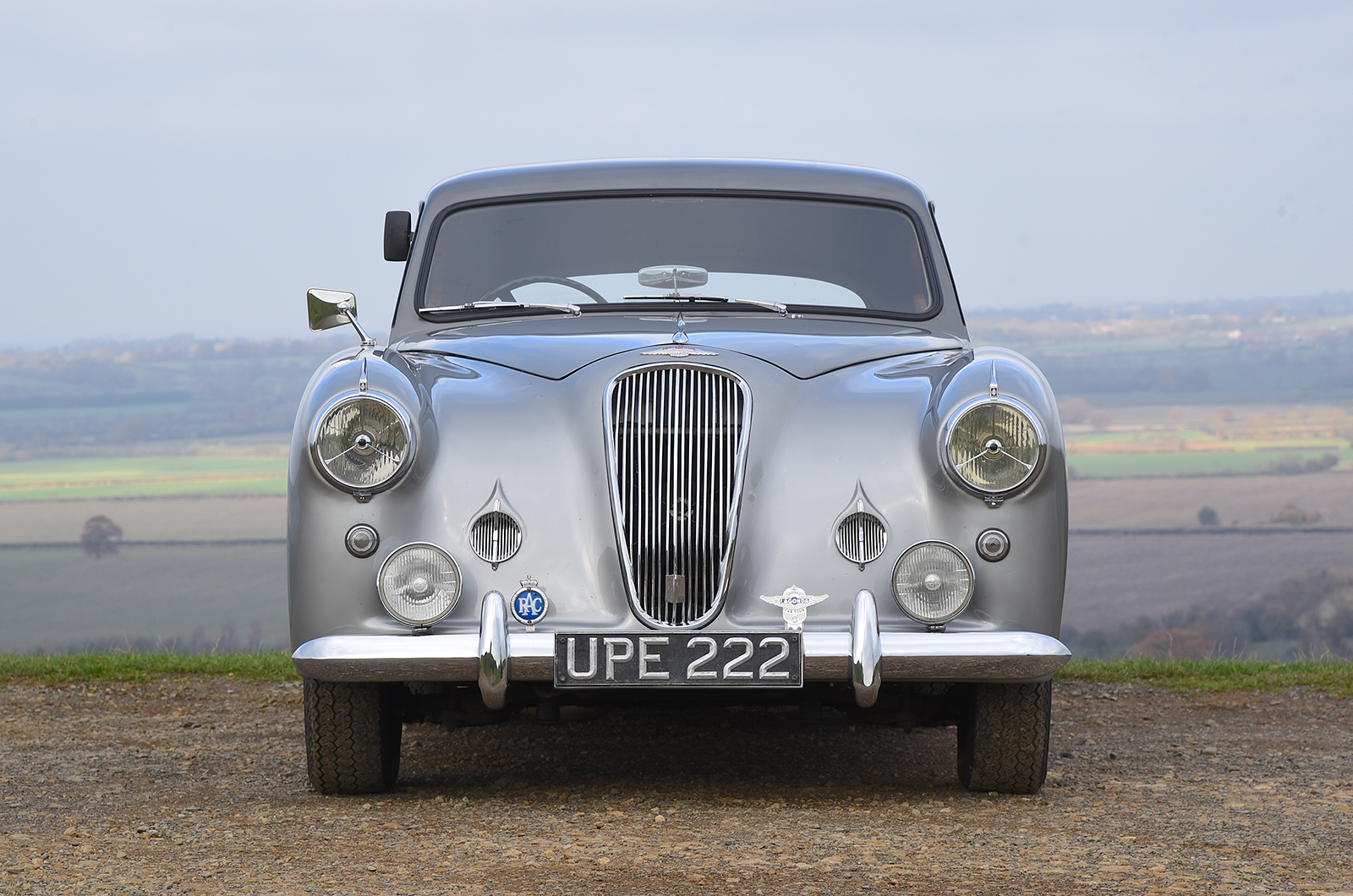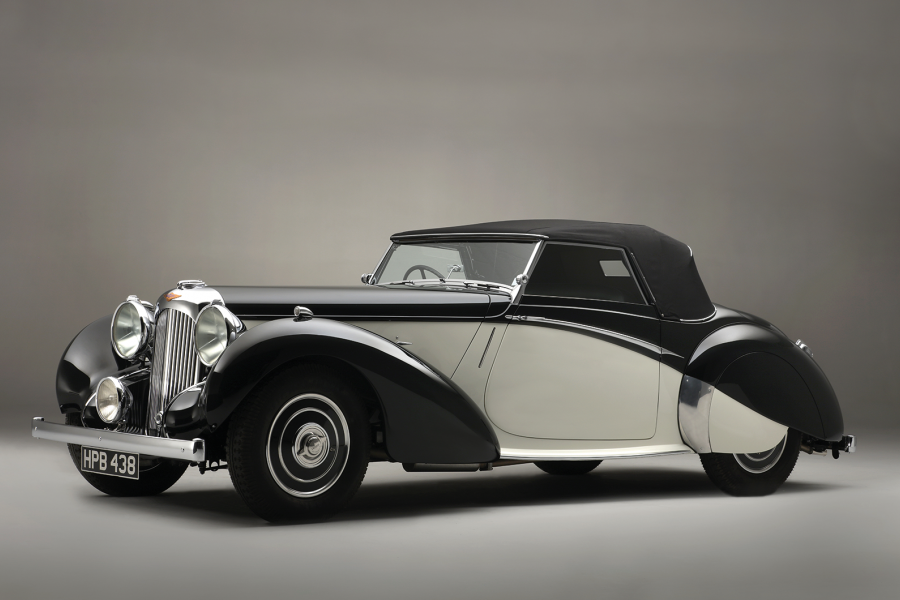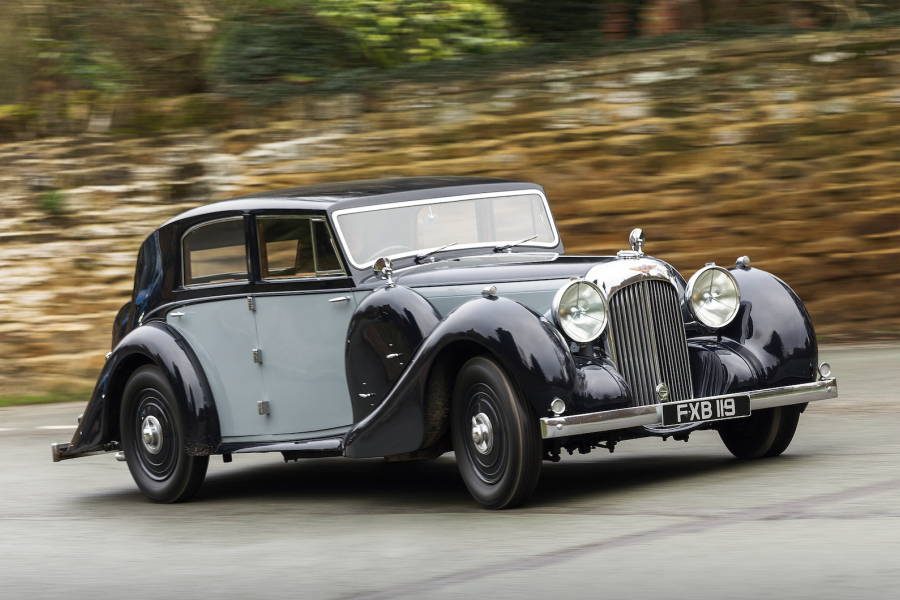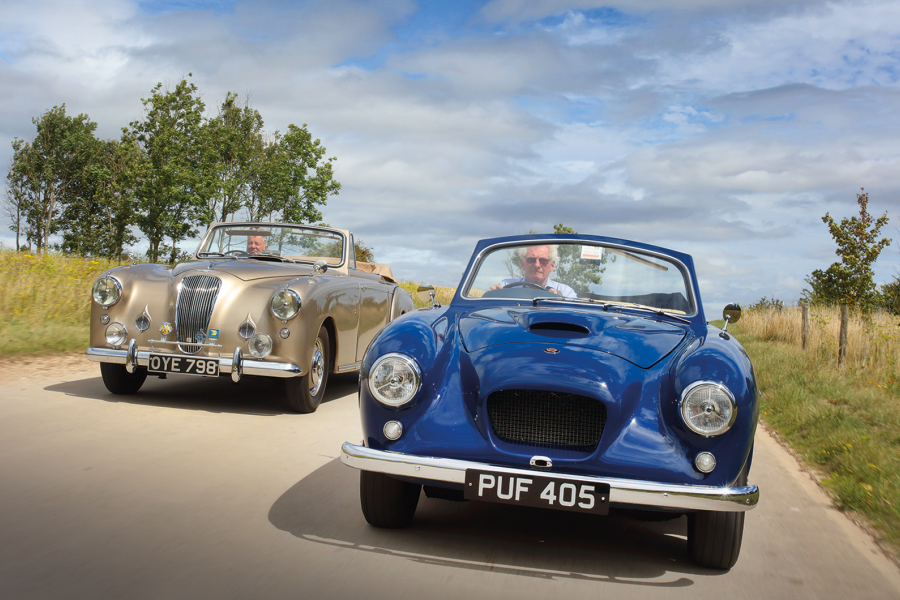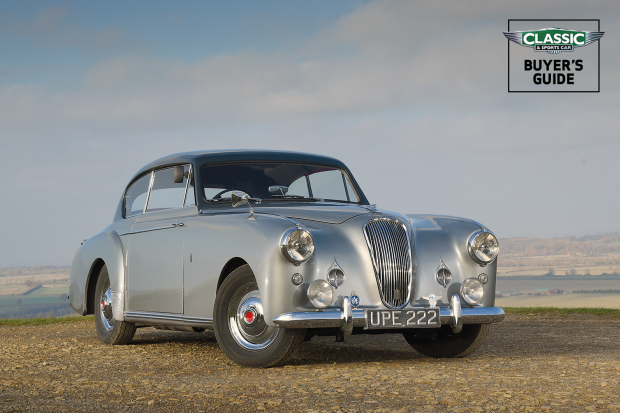
Why you’d want a Lagonda 2.6 Litre / 3 Litre
More than 70 years after its introduction, the Lagonda still elicits gasps of amazement from all who venture under its skin.
This was a seriously advanced car in 1947 – especially in staid-looking 2.6 Litre form – and throughout its production life. With a twin-overhead-cam engine, pure cruciform I-beam chassis, all-independent suspension – wishbones and coils up front, torsion bars to the rear – and rack-and-pinion steering, this was state-of-the-art racing spec. Yet it formed the underpinnings of a fine saloon and drophead in the years of post-war austerity, and was brought to production by a tractor manufacturer…
The secret, of course, was WO Bentley. The brilliant engineer, who introduced aluminium pistons in 1913 and won numerous races before WW2 with his eponymous cars, joined Lagonda in 1935 and, following its pre-war V12, designed the twin-cam ‘six’ for the post-war market.
The Ministry of Supply was unimpressed and it could all have vanished into thin air, if it wasn’t for David Brown. The transmission and tractor maker, who had raced motorcycles and designed his own twin-cam straight-eight in the early ’20s, bought Aston Martin in 1946 but found it desperately lacking in the engine department.
The opportunity to snap up Lagonda the next year – for a mere £52,500 – couldn’t have been better timed. He really only wanted the engine, but realised that the 2.6 Litre was too special to die, and put it into limited production.

